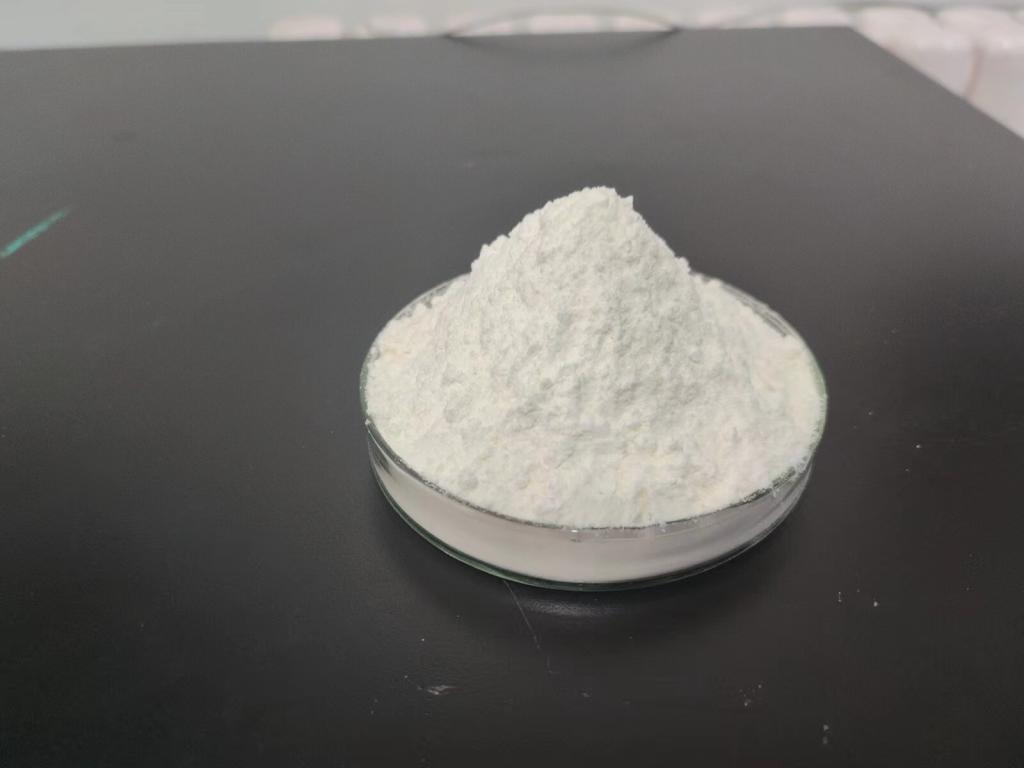Tel:+8618231198596

News
 CONTACT
CONTACT
 CONTACT
CONTACT
- Linkman:Linda Yao
- Tel: +8618231198596
- Email:linda.yao@dcpharma.cn
- Linkman:CHARLES.WANG
- Department:Overseas
- Tel: 0086 0311-85537378 0086 0311-85539701
News
Current Position:
Home >
News
>From Natural Origins to Industrial Applications: ε-Polylysine Hydrochloride.
From Natural Origins to Industrial Applications: ε-Polylysine Hydrochloride.
TIME:2024-05-29
Natural Origins and Production:
ε-Polylysine is synthesized by bacteria such as Streptomyces albulus and other strains through fermentation processes. These bacteria produce ε-PL as a defense mechanism against competing microorganisms in their natural environments. The fermentation process involves the cultivation of bacteria in nutrient-rich media, followed by extraction and purification of ε-PL from the fermentation broth. Advances in biotechnology have enabled the optimization of fermentation conditions and the development of high-yield production methods for ε-PL.
Structure and Mechanism of Action:
ε-Polylysine is a linear homopolymer of L-lysine residues linked by peptide bonds. The repetitive structure of ε-PL results in a highly positively charged molecule, enabling it to interact with negatively charged microbial cell membranes. The mechanism of action of ε-PL involves electrostatic attraction to the bacterial cell surface, disruption of membrane integrity, and leakage of intracellular contents. Additionally, ε-PL may interfere with essential cellular processes, such as DNA replication and protein synthesis, leading to bacterial cell death. This multifaceted mechanism contributes to the broad-spectrum antimicrobial activity of ε-PL against various pathogens.
Industrial Applications:
ε-Polylysine hydrochloride has found widespread applications across diverse industries, owing to its antimicrobial properties, biodegradability, and safety profile. In the food industry, ε-PL serves as a natural preservative for inhibiting microbial growth and extending the shelf life of perishable products. It is used in a variety of food products, including meat, seafood, dairy, and baked goods, to enhance safety and maintain freshness. Additionally, ε-PL is employed in the pharmaceutical and cosmetic industries for its antimicrobial and antifungal properties, serving as an active ingredient in topical formulations, oral care products, and personal care items. Furthermore, ε-PL has potential applications in agriculture for controlling plant pathogens and enhancing crop yield, contributing to sustainable agricultural practices.
Biomedical Innovations:
Beyond its traditional industrial applications, ε-Polylysine hydrochloride holds promise in biomedical innovations and healthcare. Research has explored its potential as a therapeutic agent for treating bacterial infections, wound healing, and biomedical coatings. ε-PL exhibits low cytotoxicity towards mammalian cells and minimal adverse effects, making it a safe and well-tolerated option for biomedical applications. Moreover, ε-PL-based nanoparticles and hydrogels have been developed for targeted drug delivery and tissue engineering applications, opening new avenues for medical advancements.
Challenges and Future Directions:
Despite its significant potential, several challenges exist in the widespread adoption of ε-Polylysine hydrochloride in industrial and biomedical applications. These include optimizing production processes, improving formulation stability, and addressing regulatory considerations. Furthermore, research is needed to explore novel applications and innovative approaches for maximizing the efficacy and versatility of ε-PL. Collaborative efforts between academia, industry, and regulatory agencies are essential to overcome these challenges and realize the full potential of ε-Polylysine hydrochloride in industrial and biomedical settings.
Conclusion:
ε-Polylysine hydrochloride exemplifies the journey from natural origins to industrial applications, showcasing the versatility and efficacy of natural compounds in addressing modern challenges. From its humble beginnings as a microbial defense mechanism to its significant impact on food preservation, pharmaceuticals, cosmetics, and biomedical innovations, ε-PL continues to bridge the gap between nature and industry. By harnessing the power of ε-PL and advancing research and development efforts, we can unlock new possibilities for antimicrobial solutions, sustainable practices, and biomedical advancements.
- Tel:+8618231198596
- Whatsapp:18231198596
- Chat With Skype







